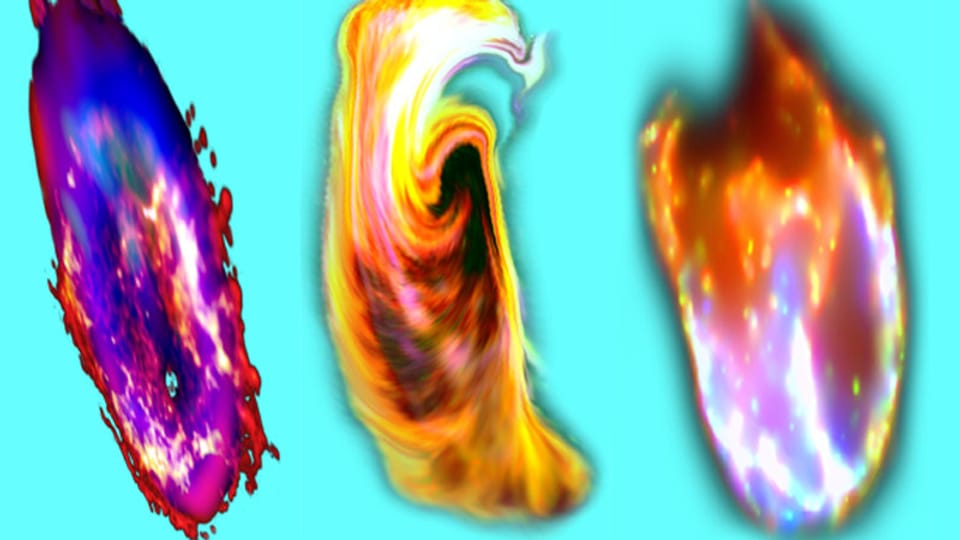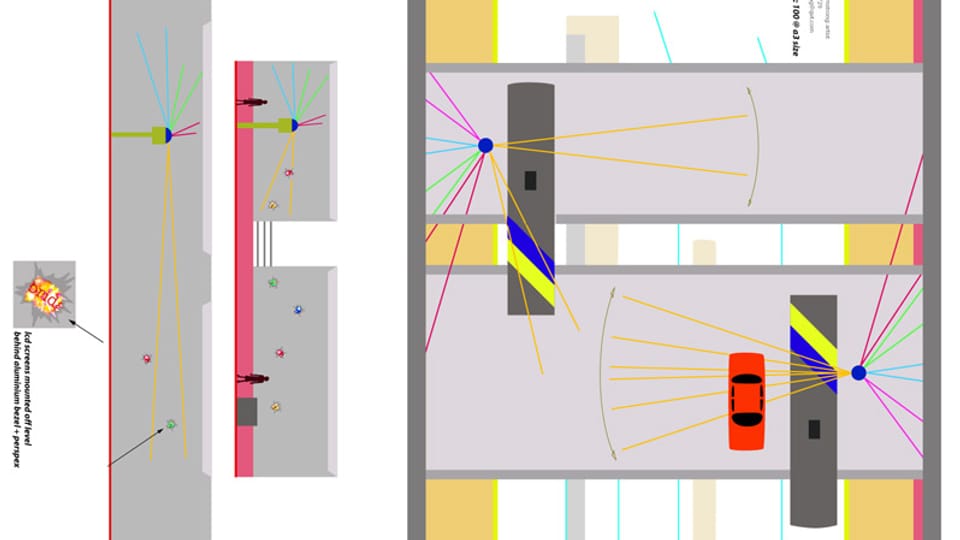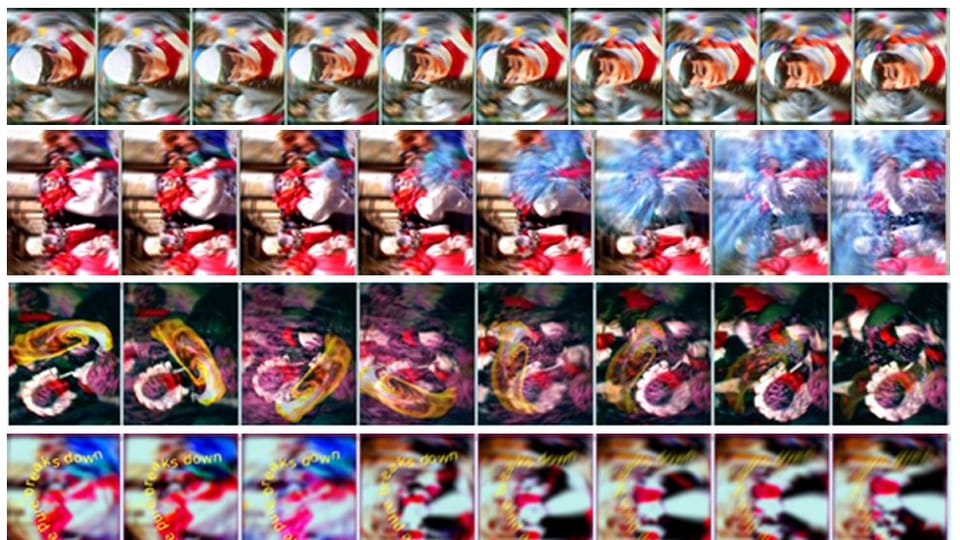Flow (Carnival of the Bridge)
A site specific, new media public artwork proposal, commissioned by Brisbane City Council, designed for a major urban re-development project in Melbourne Street, Brisbane. The site lay underneath a major railway bridge that is commonly regarded as the main 'gateway' to the city’s heart.
Involved two robotically controlled still and moving image projectors set on tall poles and capable of throwing photographic images across the entire under surface of the bridge. They were accompanied by an array of flat screen monitors mounted in the walls of the tunnel fed by computer graphics. The space, whilst fully apportioned with digital media was designed to be also entirely reconfigurable for other events and occasions, thus creating an adaptable system that could evolve with time and context.
SHOWINGS:
1: Commissioned Stage 1 public art proposal for South Brisbane Railway Portal, curated by Beth Jackson.
MORE: The entire coordinated presentation was designed with several core ideas relating to carnival (the design brief) whilst also being strongly underpinned by early urban informatics theories drawn from William Mitchell’s “City of Bits”. These meta ideas were further underpinned by sustainability theory that pulled focus towards humanity’s current transgressions in terms of resource consumption, with an implicit call to end the ‘carnival’ forthwith.
The submitted proposal involved a major presentation to a panel of ten accompanied by a designed A2 book of text, detailed diagrams and budgets.


